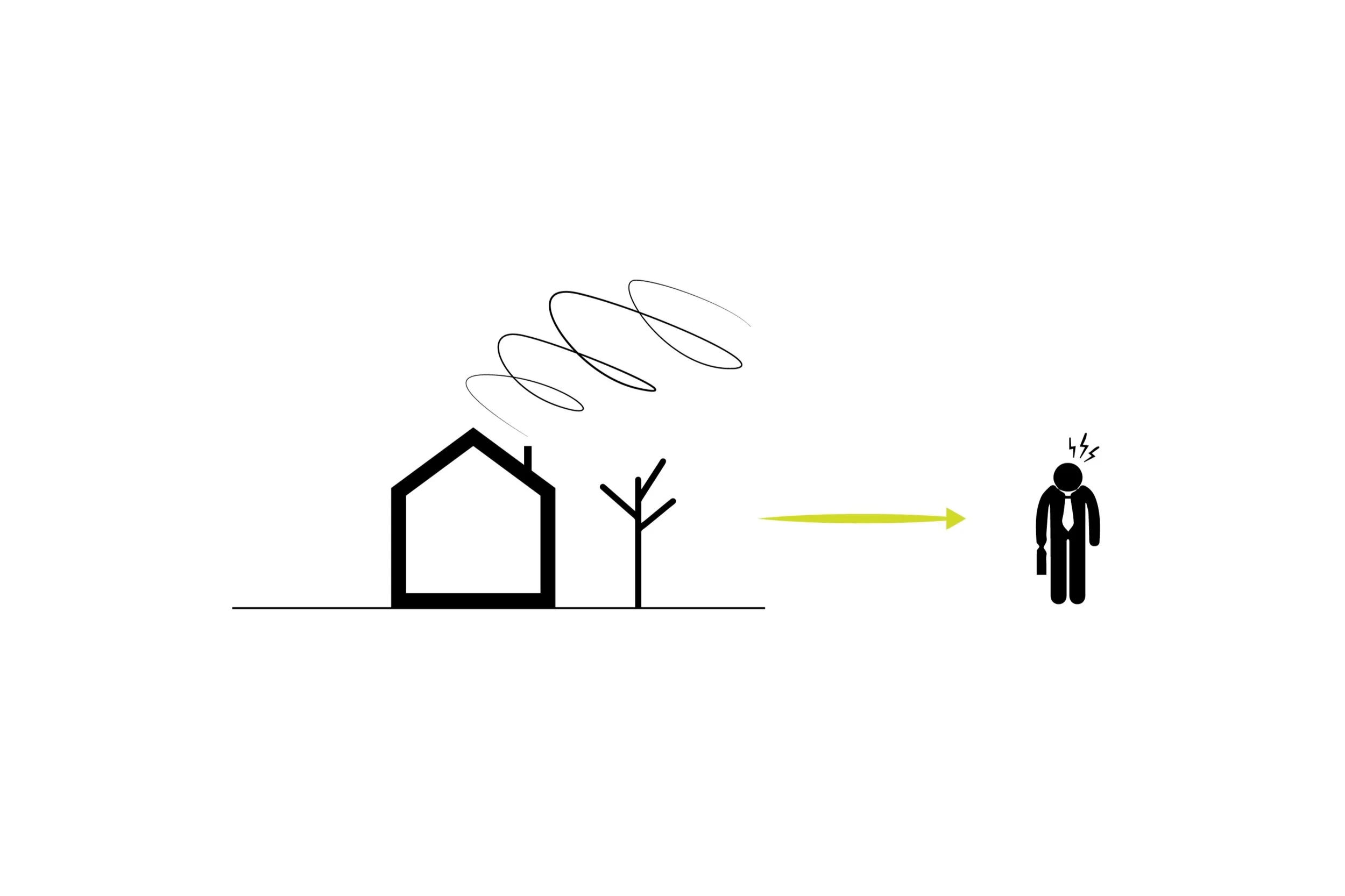How can the human capacity to thrive be nurtured? It is prevalent that the current environments where humans spend most of their time cannot support the human ability to thrive. But what does it mean to thrive? The human ability to thrive is an optimal state of being where an individual can grow and develop.
One's environment should support the human ability to thrive. However, an individual's Environment is subjective to one's intrinsic perception of their environment. As architects, we have the responsibility to create thriving environments. There have been focused studies to understand the direct impacts that designed environments have on humans' wellness, physical, and behavior humans functions. Thriving environments strive to understand the qualitative connection of individuals' intrinsic perception of their environment.
THRIVING ENVIRONMENTS



Psychoneuroimmunology
The relationship between the psychological, nervous and immune systems. A stressful environment can weaken the immune system making the human body more susceptible to disease and illness. there is little research to suggest how architecture can help humans to achieve a higher level of functioning. This I believe is due to the lost interaction between the occupants and the architecture. What we look to understand is how the relationship between a designed environment and and the human perception of those spaces effect the occupants ability to thrive.
Future Environment
The future environments support the occupants ability to thrive. These environments will initiate a dialog between the architecture and the human too evoke a level of awareness and spatial definition within the space. The design will be informed by the occupants feedback to support the functions of the occupants and create a thriving environment. d
Connection
Social interaction helps release Oxytocin & serotonin within the brain strengthening trust and belonging. Spaces that enhance visual connection while also creating space of security reduce workplace stress.
Lighting
Daylight and artificial light regulate the circadian rhythm which controls all physiological, metabolic and behavior system. Enhanced light quality within a space have major impact on human health.
Spatial Autonomy
Higher mortality rates have been associated with a lack of occupant control within the workplace environment. Spaces that enable human control and comfort reduce workplace stress.











